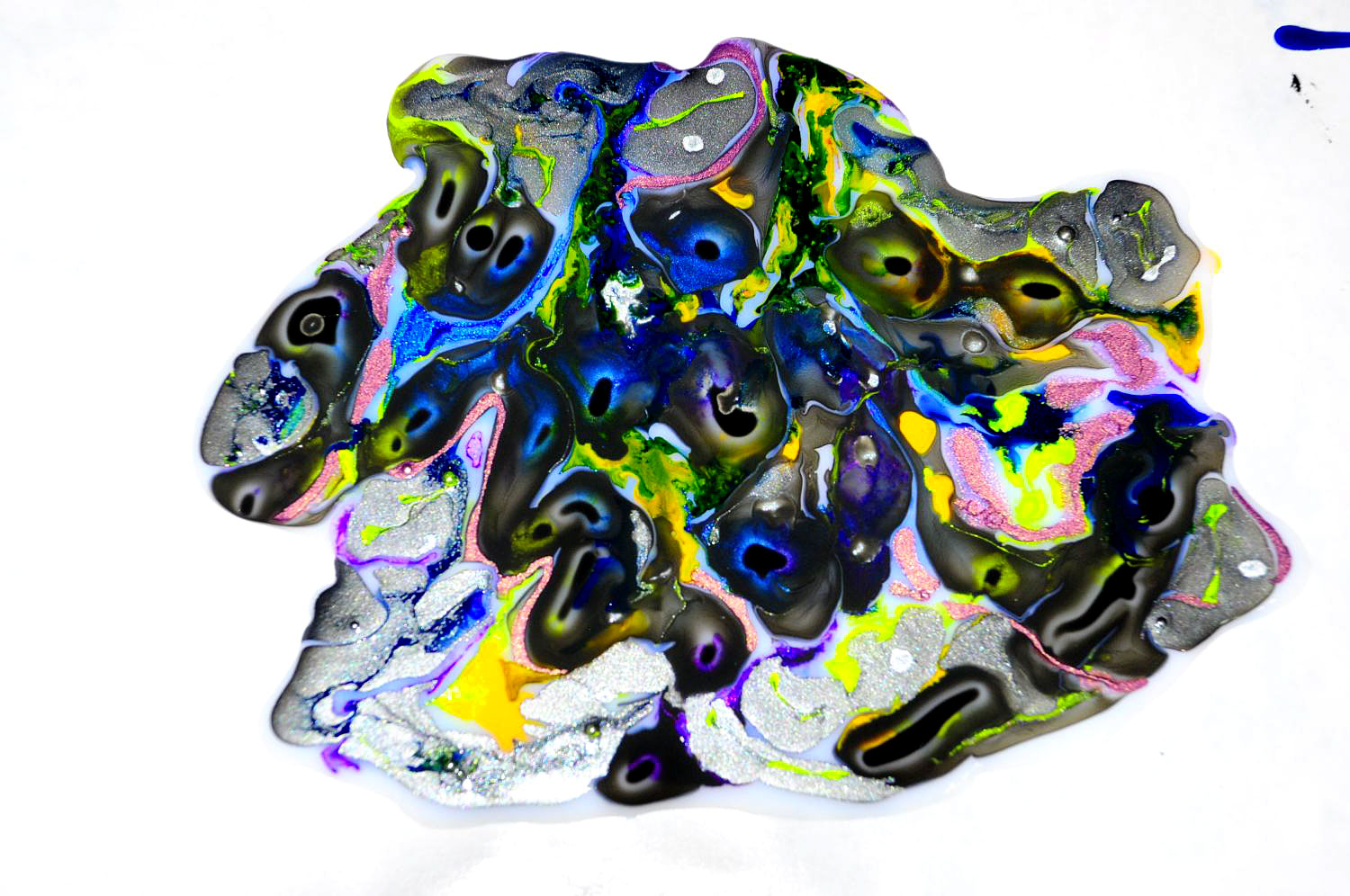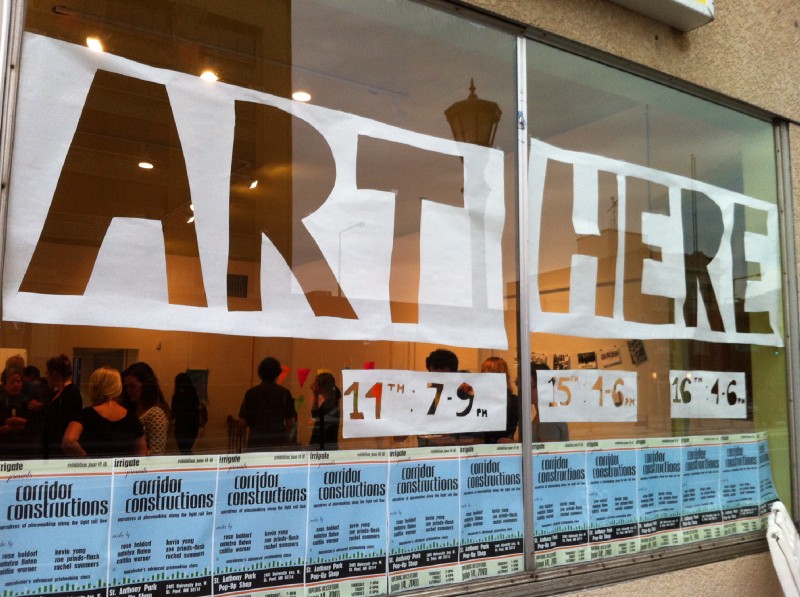There’s yet to be an official Game of Thrones Lego set for fans to geek out over, so programmer Matt Omori, a.k.a., YouTuber Tusserte, went ahead and built his own. In a project that took him around 18 months and over 100 hours of input, he’s built a Lego replica of the Red Keep throne room.
Omori designed the room from scratch after studying its appearances in the series and watching behind-the-scenes footage. The resulting model used around 15,000 pieces, 1,000 of which are just used as scaffolding for the base and can’t even be seen in the final model. Before it was built, Omori played around with designs in Lego’s Digital Designer software, which helped him nail the design virtually and let him know what specific parts he needed to buy.
You can see and read much more at The Creators Project.
Game of Thrones is a tale told in cloth as much as it is in blood and fire. Between the CGI-heavy battles with White Walkers and wildfire, the politics of presentation is key. Who can forget the end of Season Four when Sansa abandoned her girlish gowns for black leather and feathers, or Jon Snow’s Season Six shift from the black crow cape to the proudly wearing the Direwolf of Winterfell?
Costume designer Michele Clapton, who’s taken home two Emmys for her work on Game of Thrones. She opens up about her past and the creative process behind her most stunning ensembles in a new featurette. Along with nuggets about her fashion school days bouncing ideas off fellow New Romantics Steve Strange and Boy George, she concisely summarizes the role of a costume designer: “You know the story, you know what their relationships are. You need to say that somehow in cloth.”
This post contains minor spoilers for Game of Thrones.
Via The Creators Project.



































